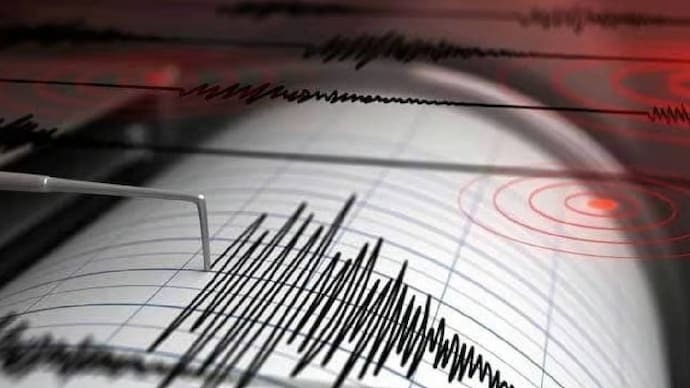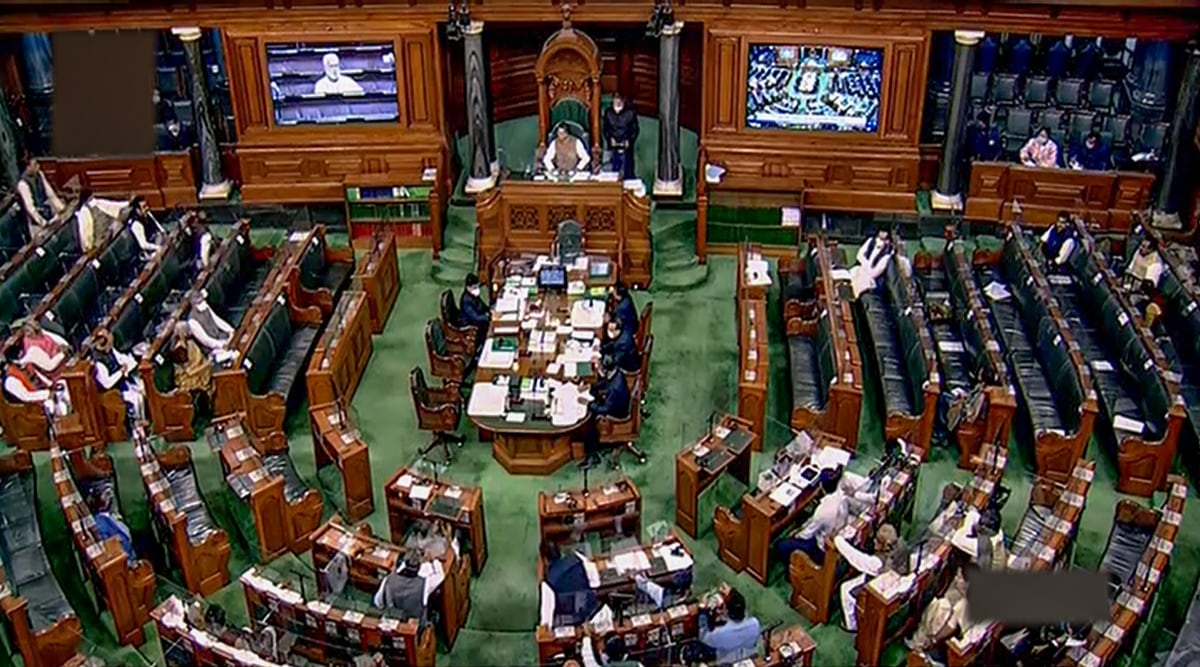
Delhi, India's capital, is located in a seismic zone that makes it prone to earthquakes. The city lies near the Himalayan seismic belt, where the Indian plate is colliding with the Eurasian plate.
This ongoing tectonic activity causes frequent seismic shifts, making Delhi vulnerable to earthquakes. The region falls under Seismic Zone IV, which means it is at moderate risk.
Delhi is also near several active fault lines, like the Delhi-Haridwar Ridge and the Mohan-Nawabgarh fault. These fault lines can cause tremors, especially during tectonic shifts.
The soil type in Delhi contributes to the earthquake risk as well. Many parts of the city have soft soils and loose sediments that amplify seismic waves, making buildings more susceptible to damage during an earthquake.
Historically, Delhi has witnessed significant tremors, including the Delhi Earthquake of 1803 and the 1905 Kangra earthquake, which were felt strongly in the city. These events show that Delhi has always been vulnerable to seismic activity.
Despite modern developments, many older buildings in Delhi were not constructed with earthquake resistance in mind. This makes the city more vulnerable during major earthquakes.
To reduce risk, Delhi needs to focus on improving earthquake-resistant infrastructure, raise public awareness, and ensure robust disaster management plans. With these measures, Delhi can better prepare for future earthquakes and protect its residents.
Post a comment
BREAKING: Saudi minister makes surprise Delhi visit amid India-Pakistan tensions!
- 08 May, 2025
- 2
Turkiye, Azerbaijan Support Pakistan After India’s Operation Sindoor!
- 07 May, 2025
- 2
What is Zakat al-Fitr in Islam?
- 31 Mar, 2025
- 2
Zero Tax Now? Shocking Tax Reforms To Be Unveiled in...
- 10 Mar, 2025
- 2
India Won! Kohli's Century Seals Thrilling Victory Over Pakistan!
- 23 Feb, 2025
- 2
Categories
Recent News
Daily Newsletter
Get all the top stories from Blogs to keep track.

















